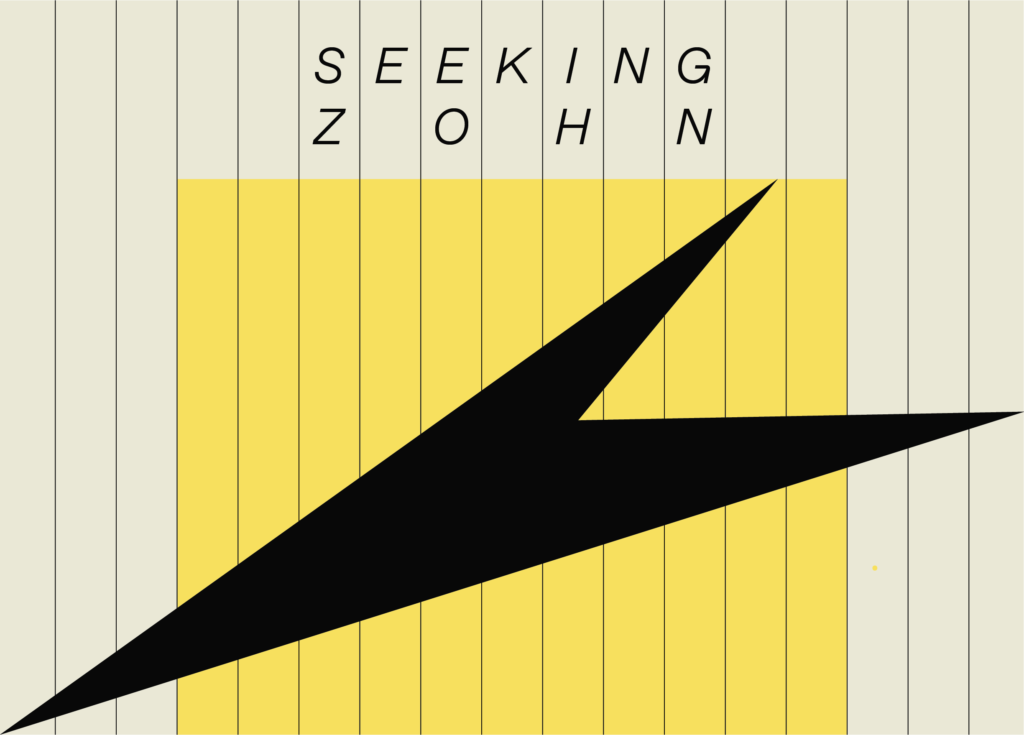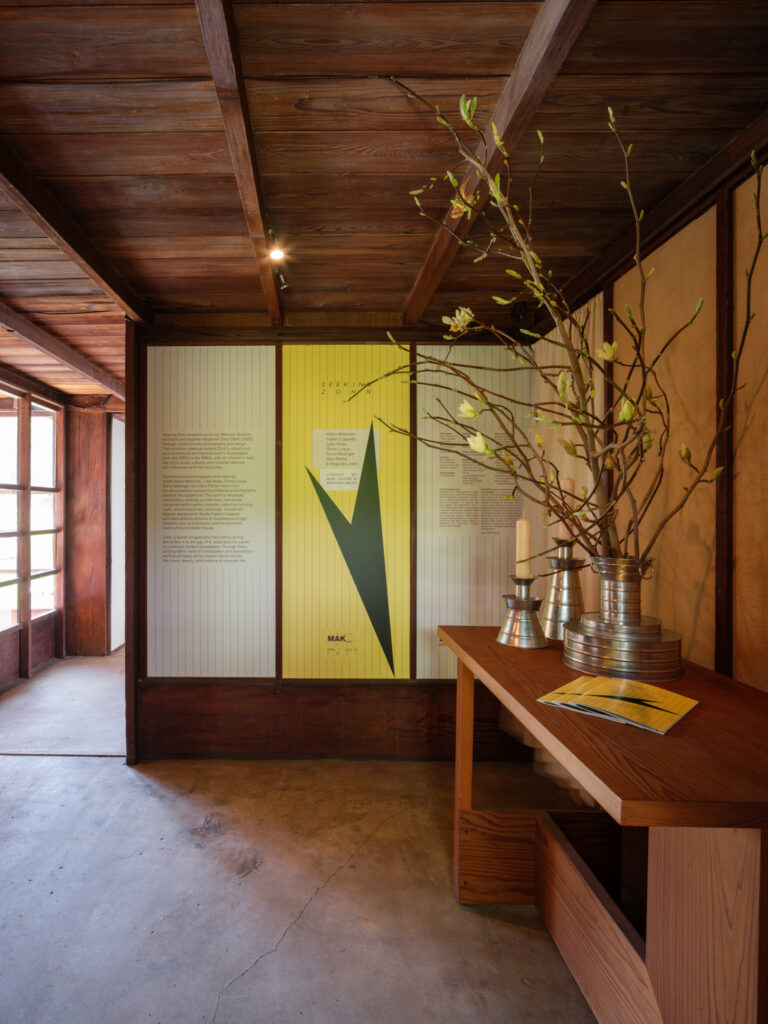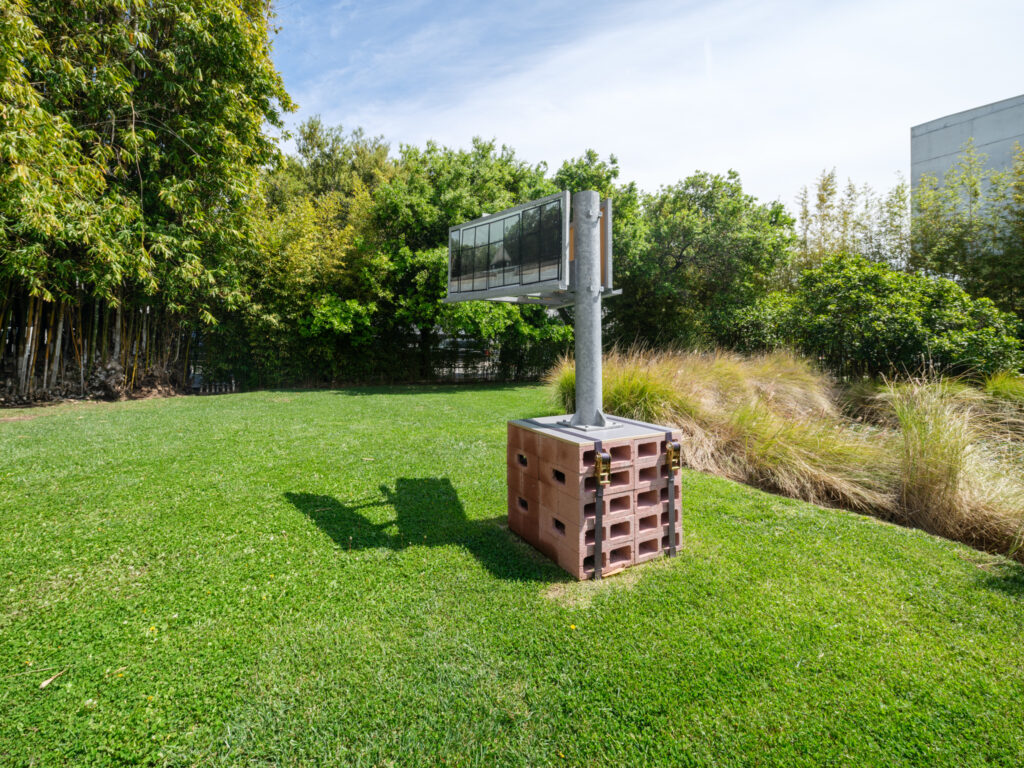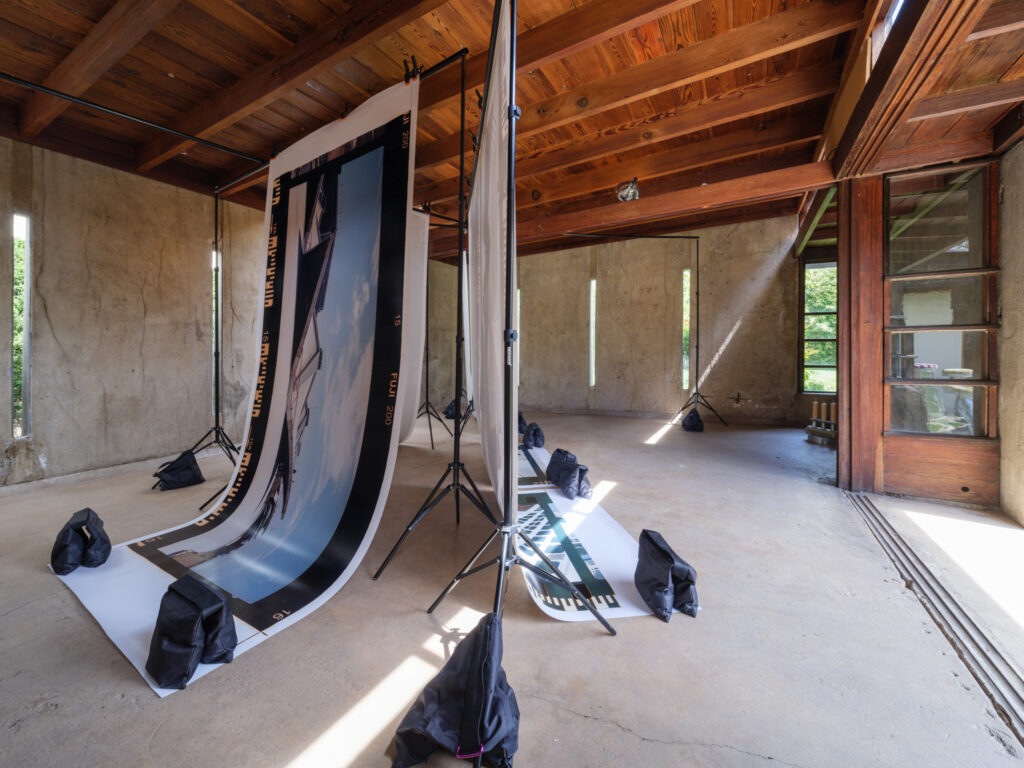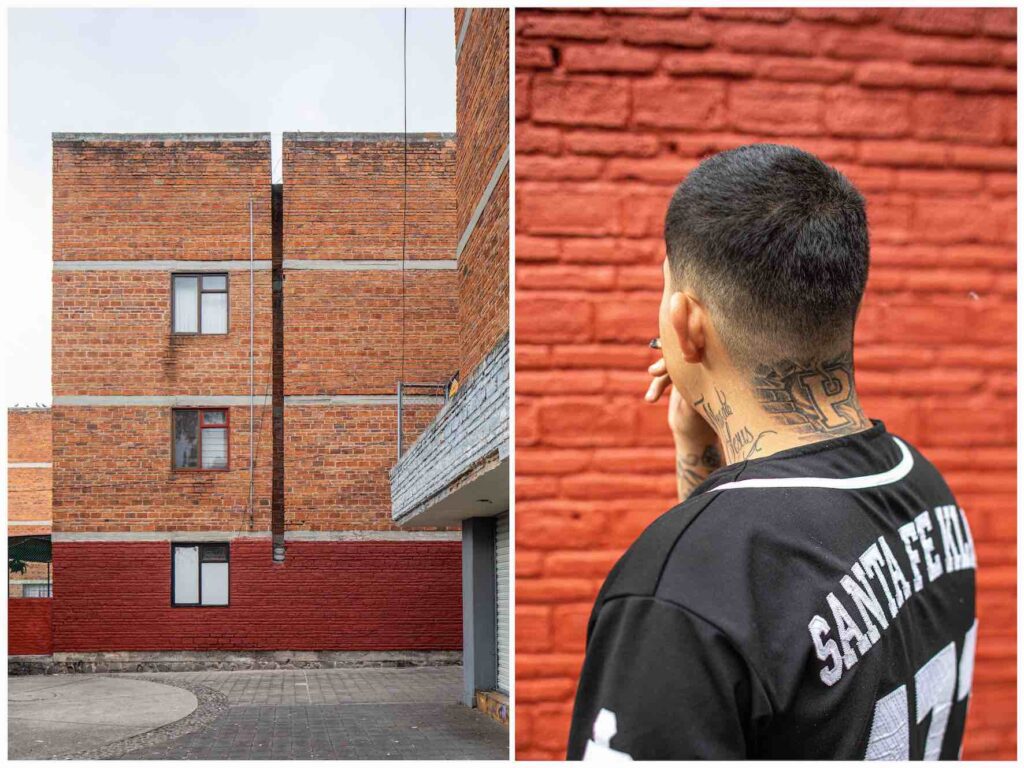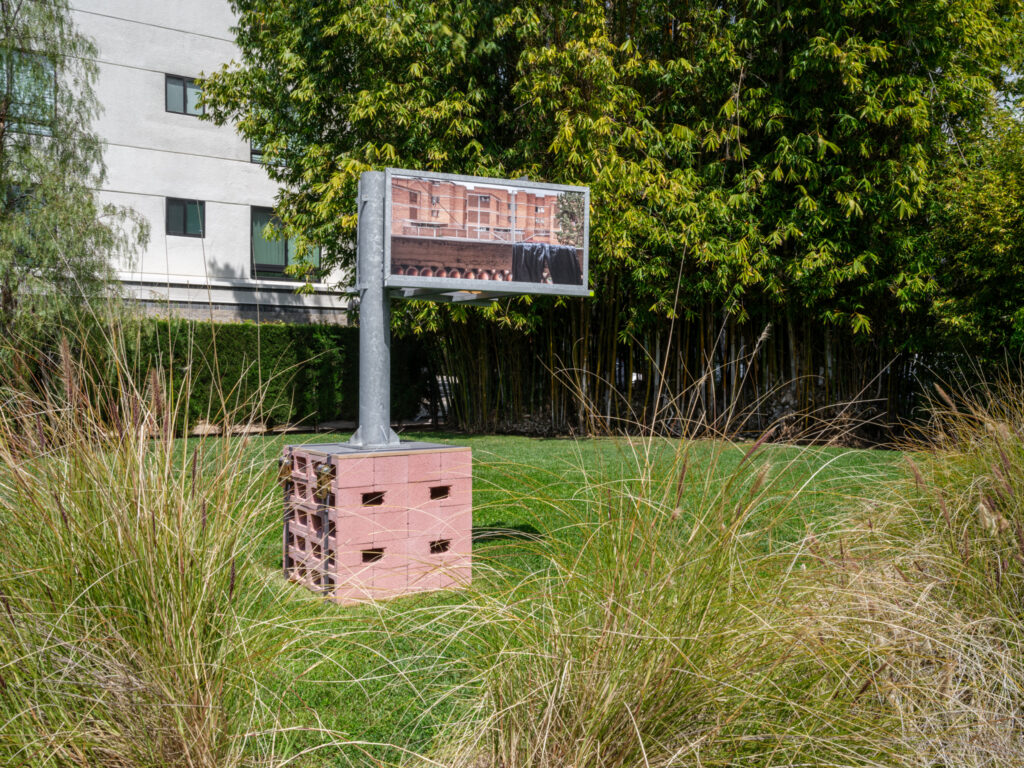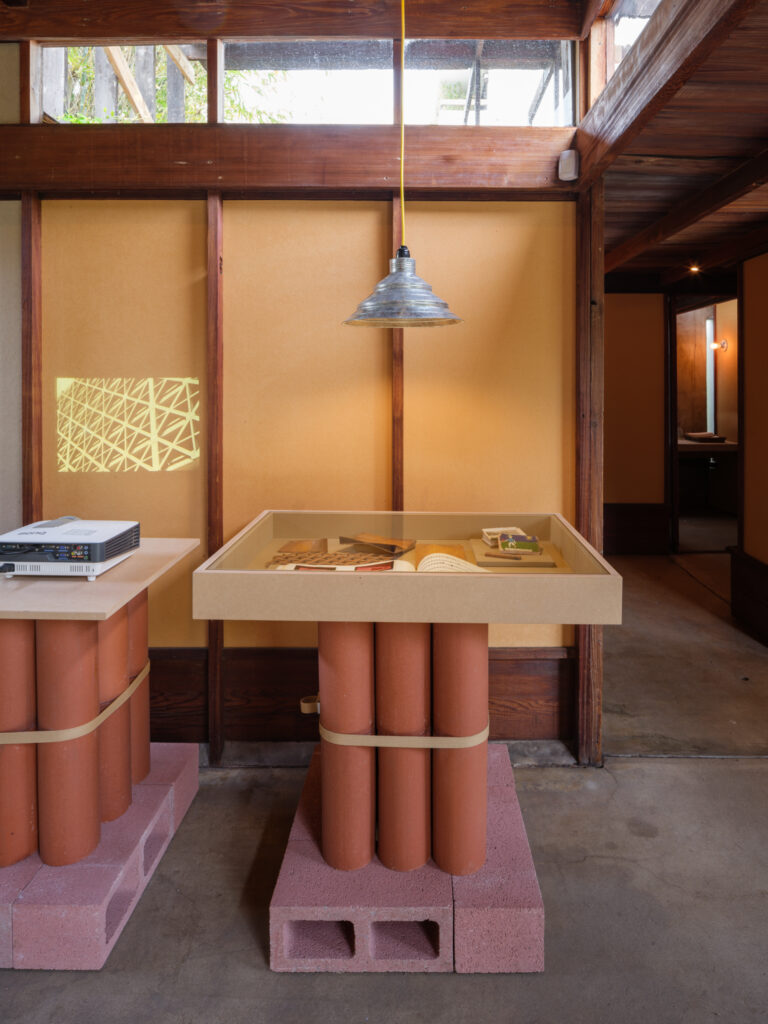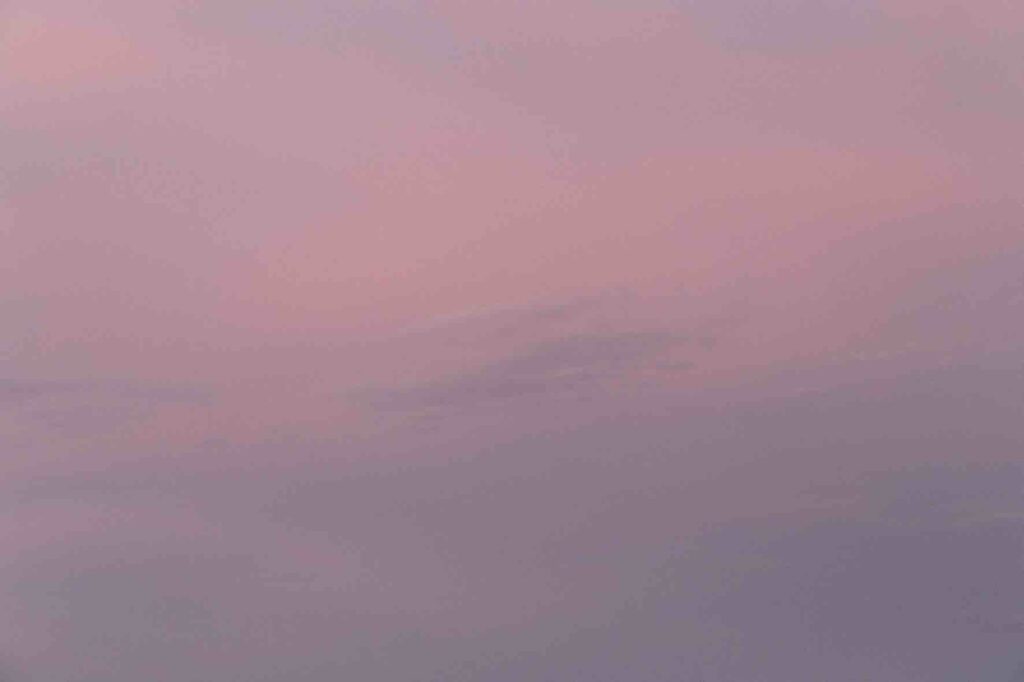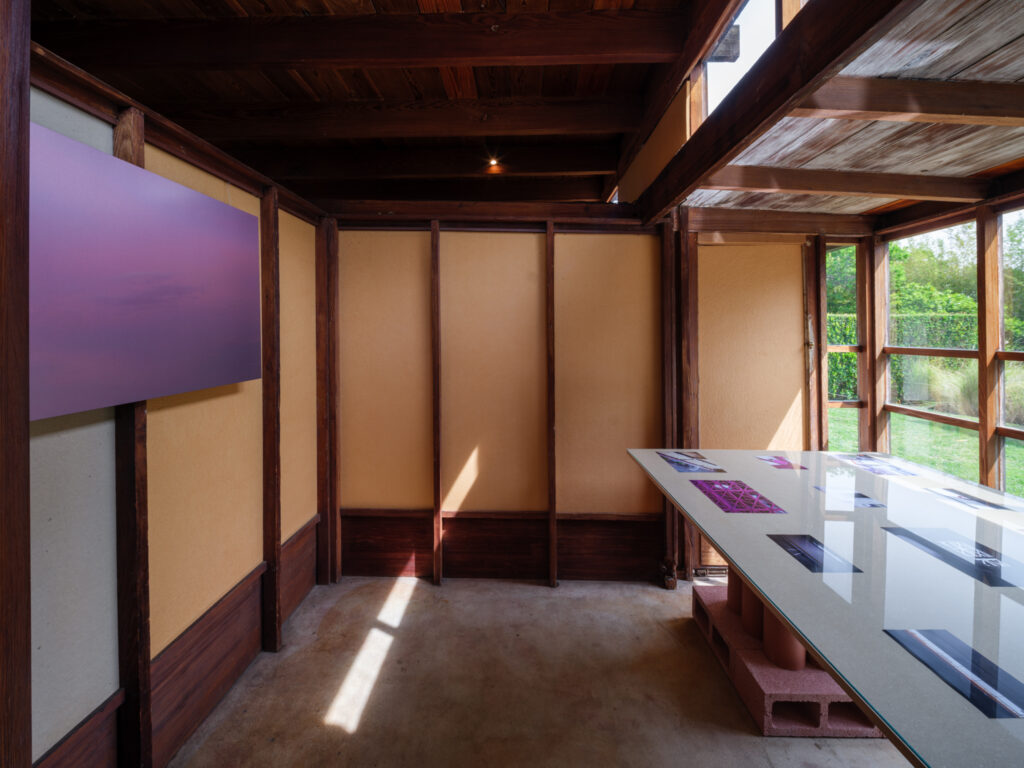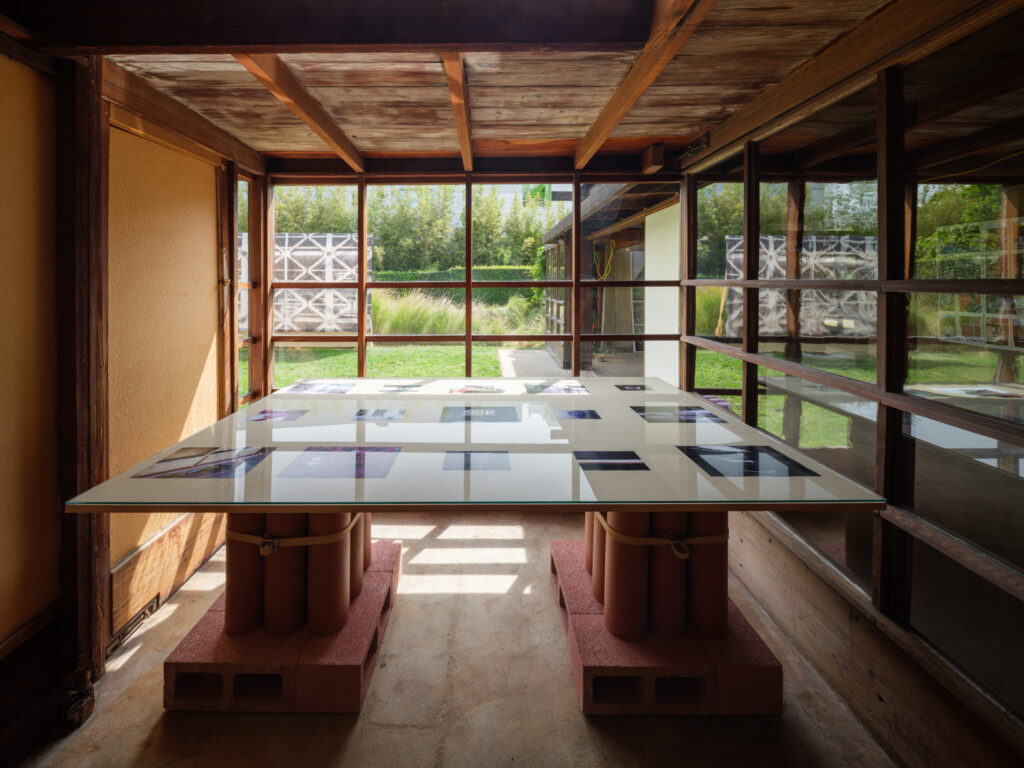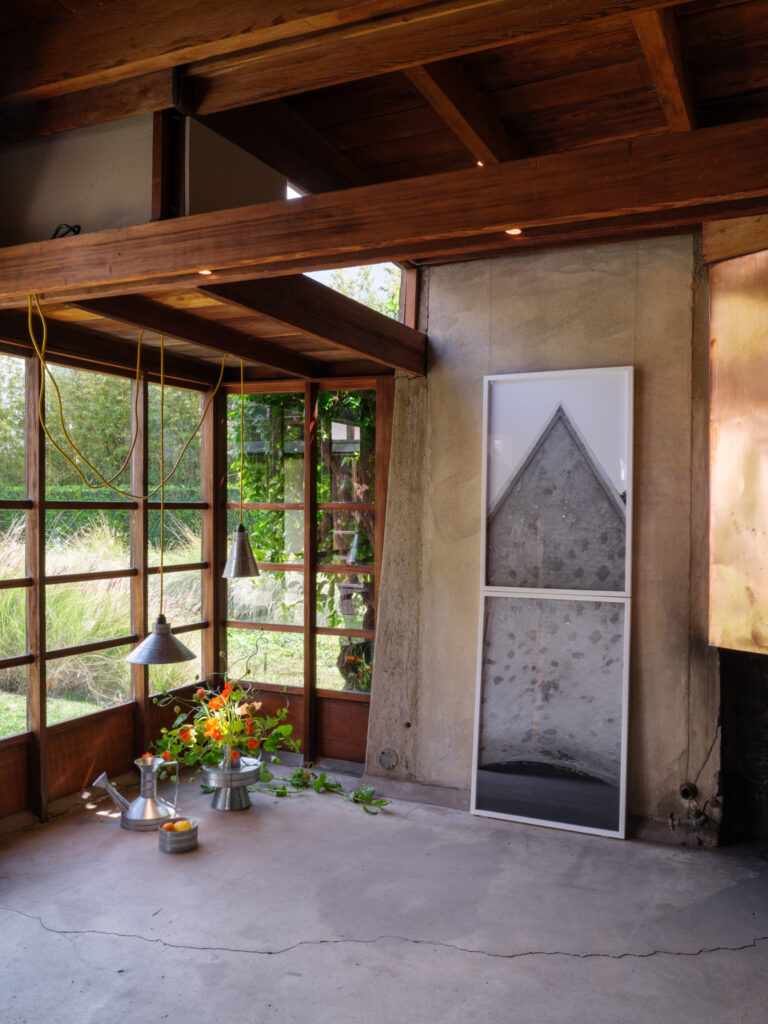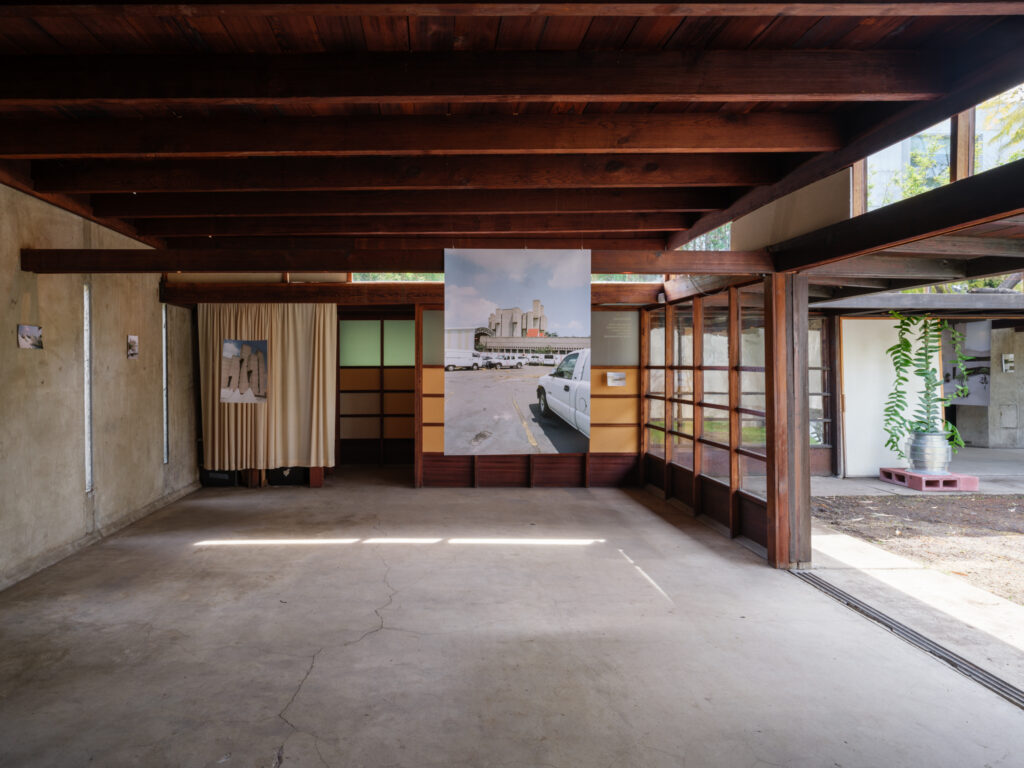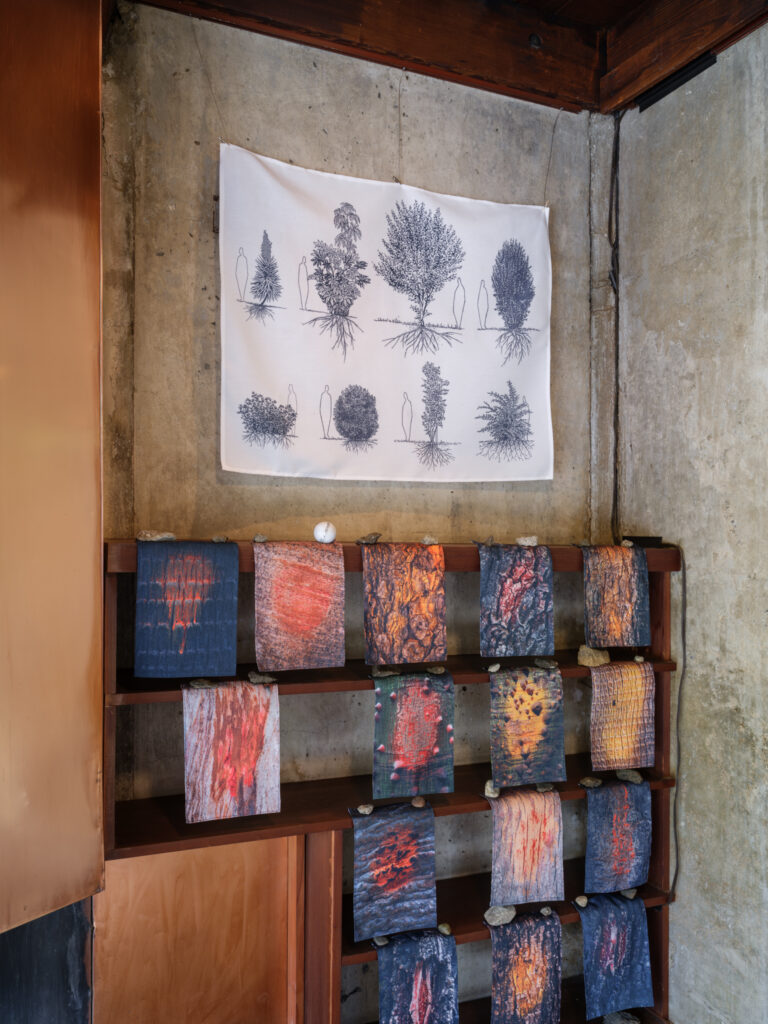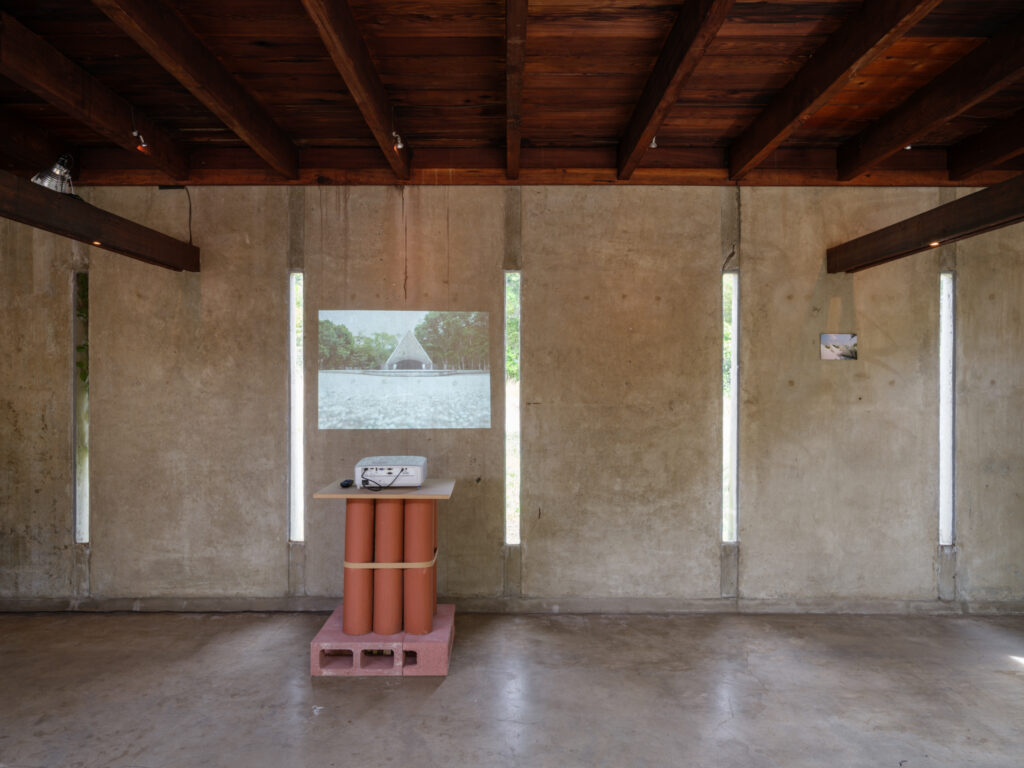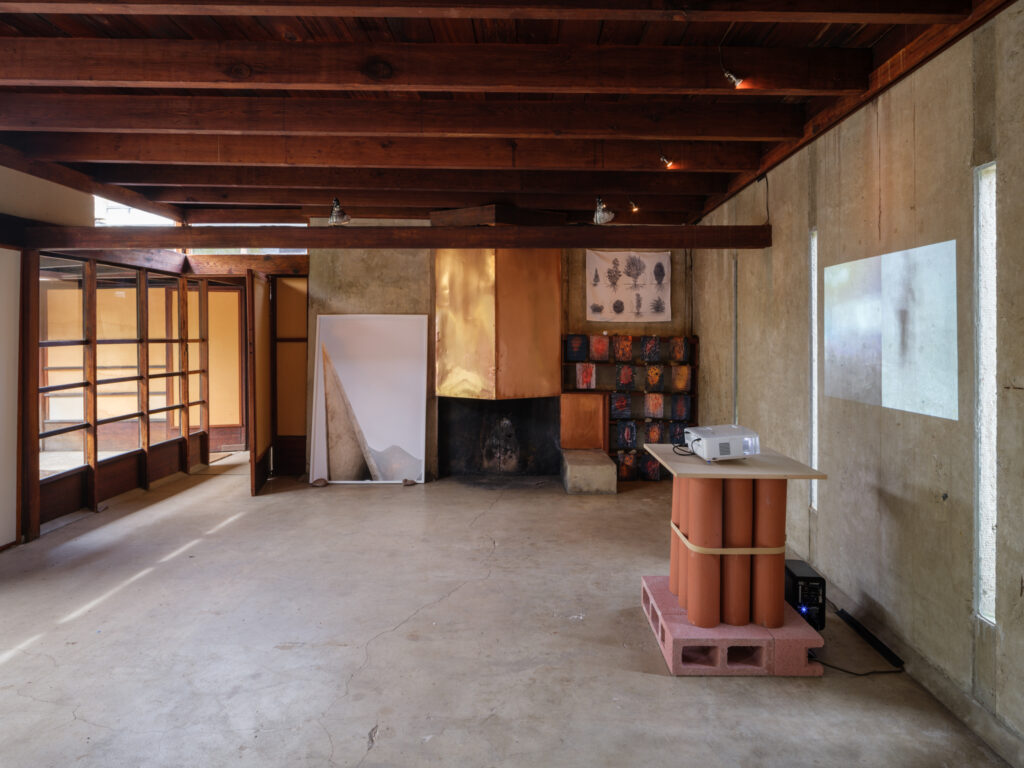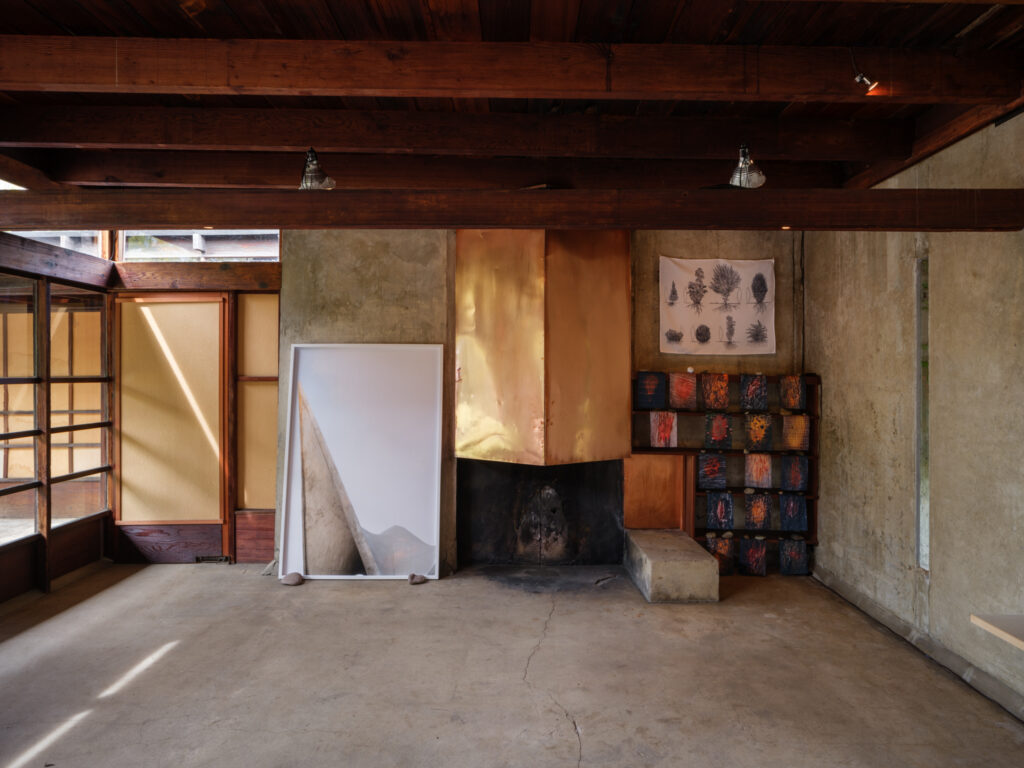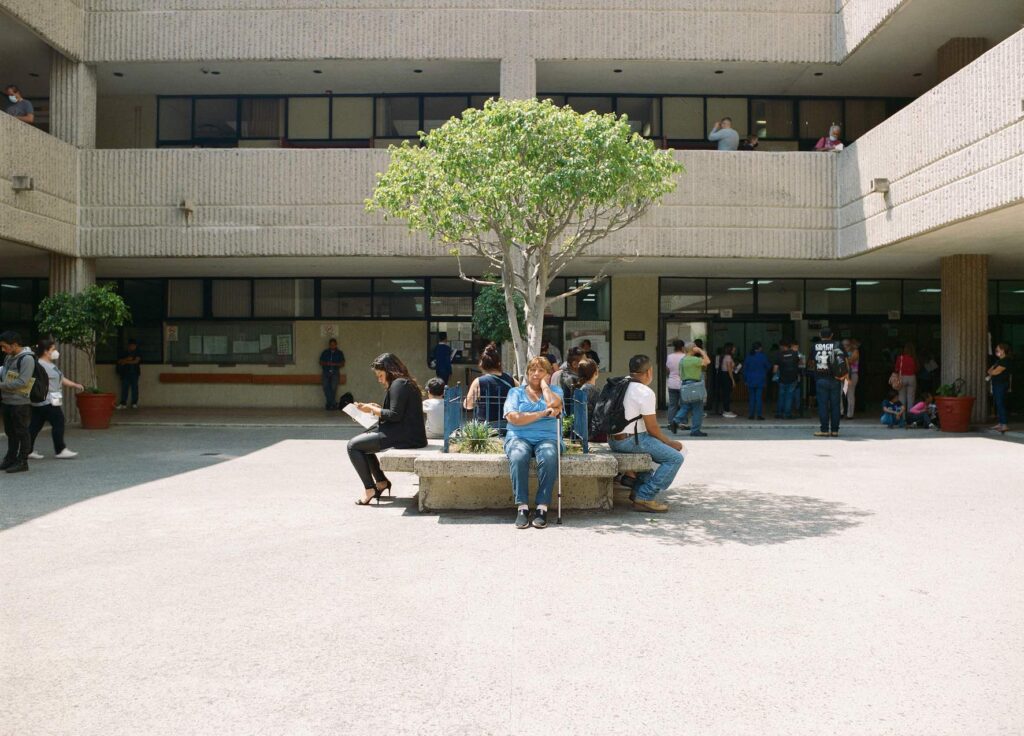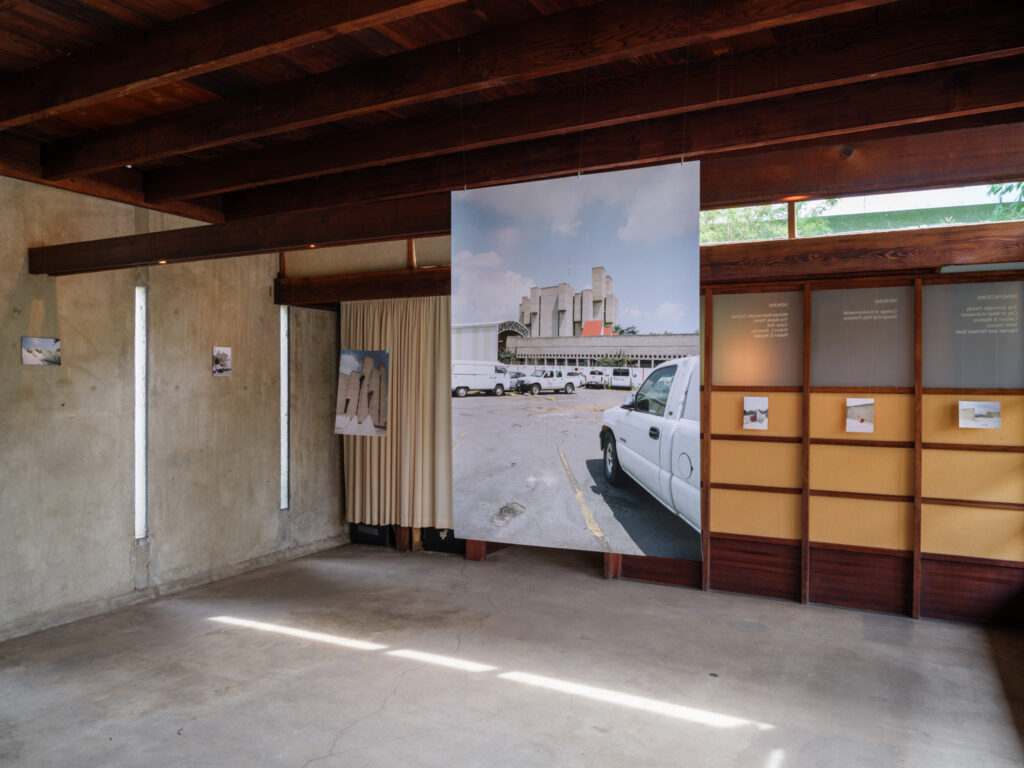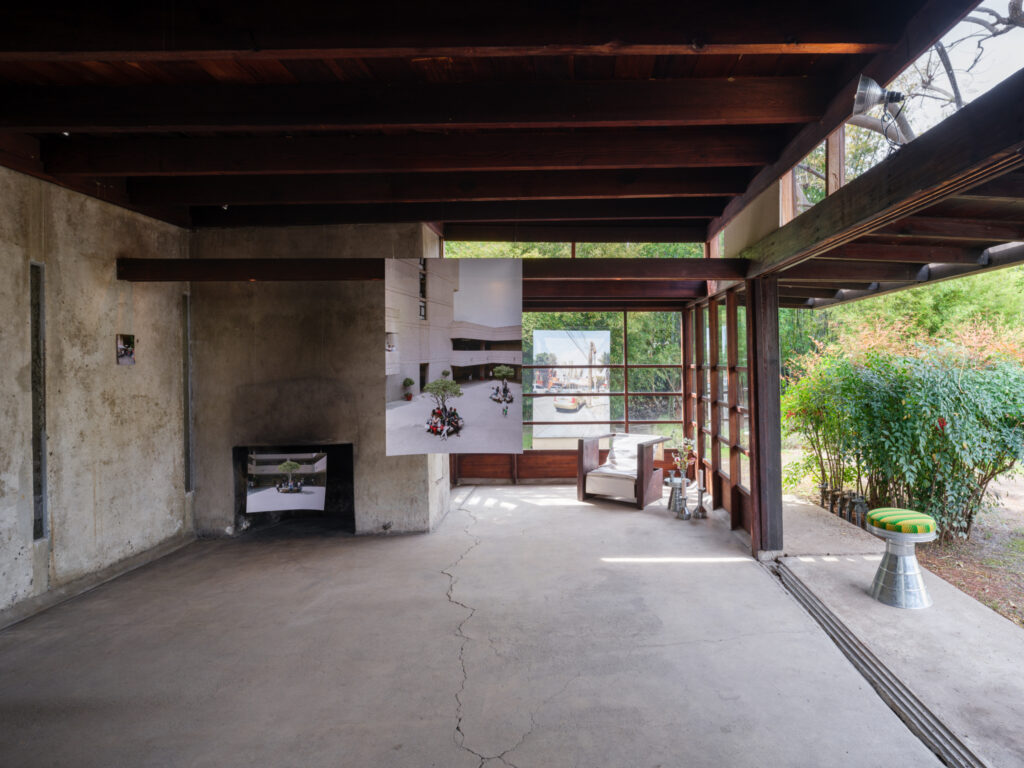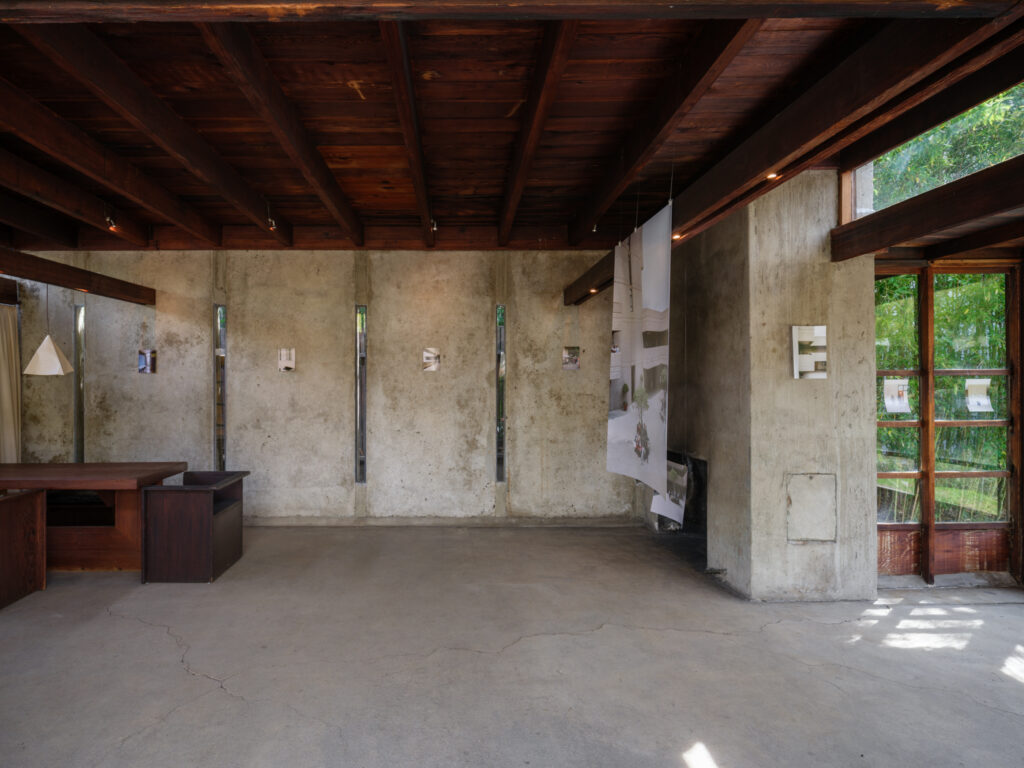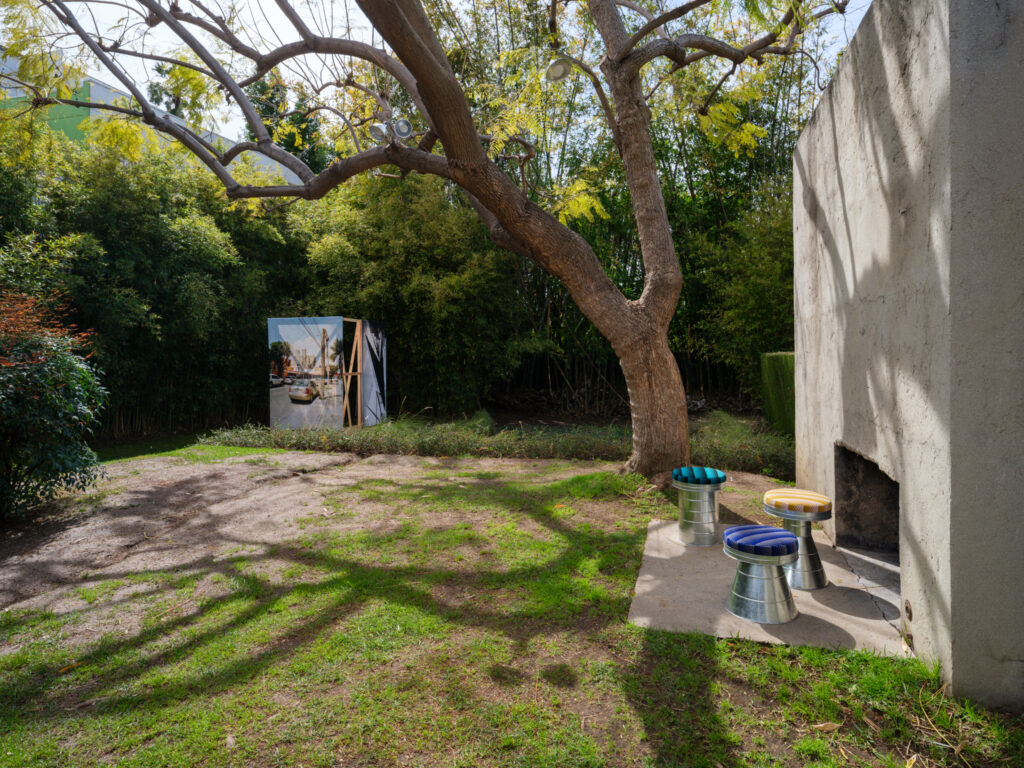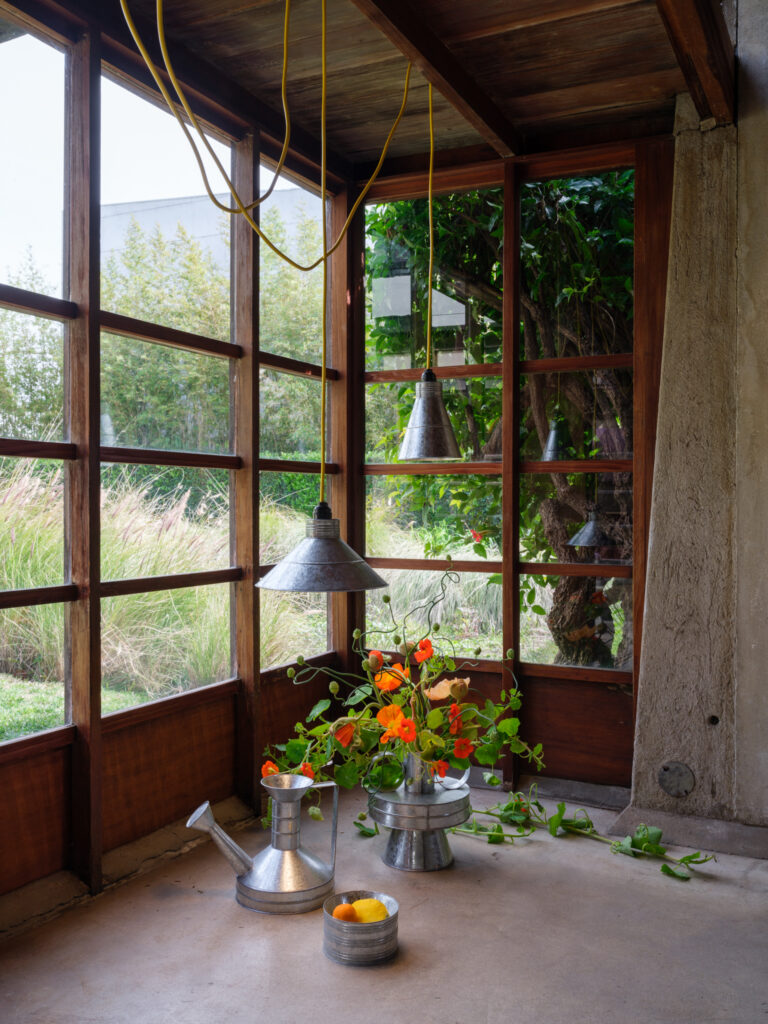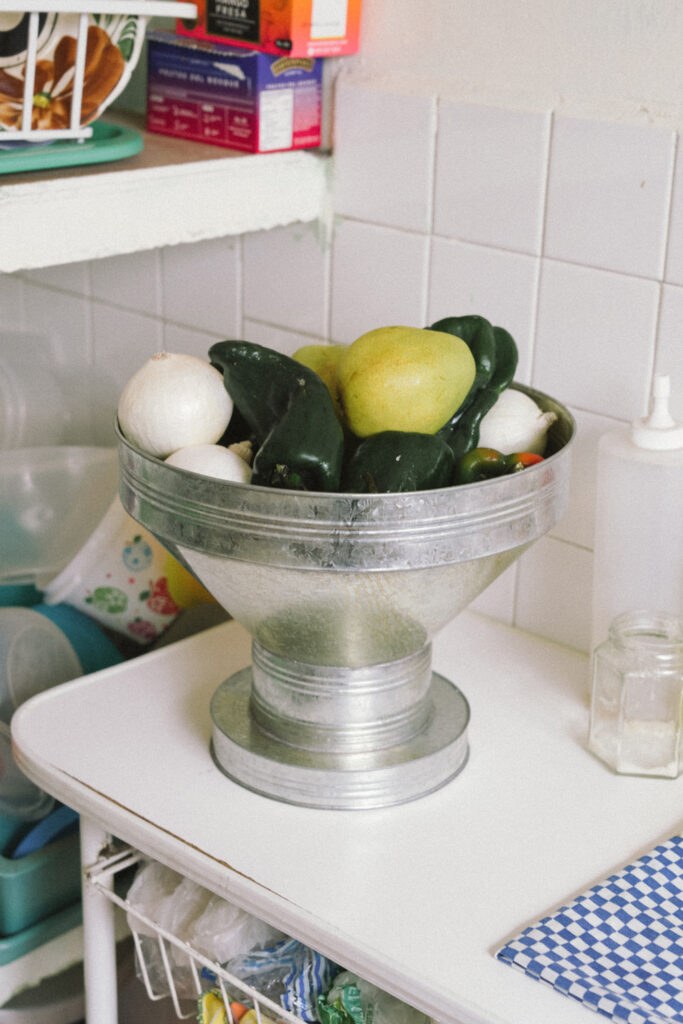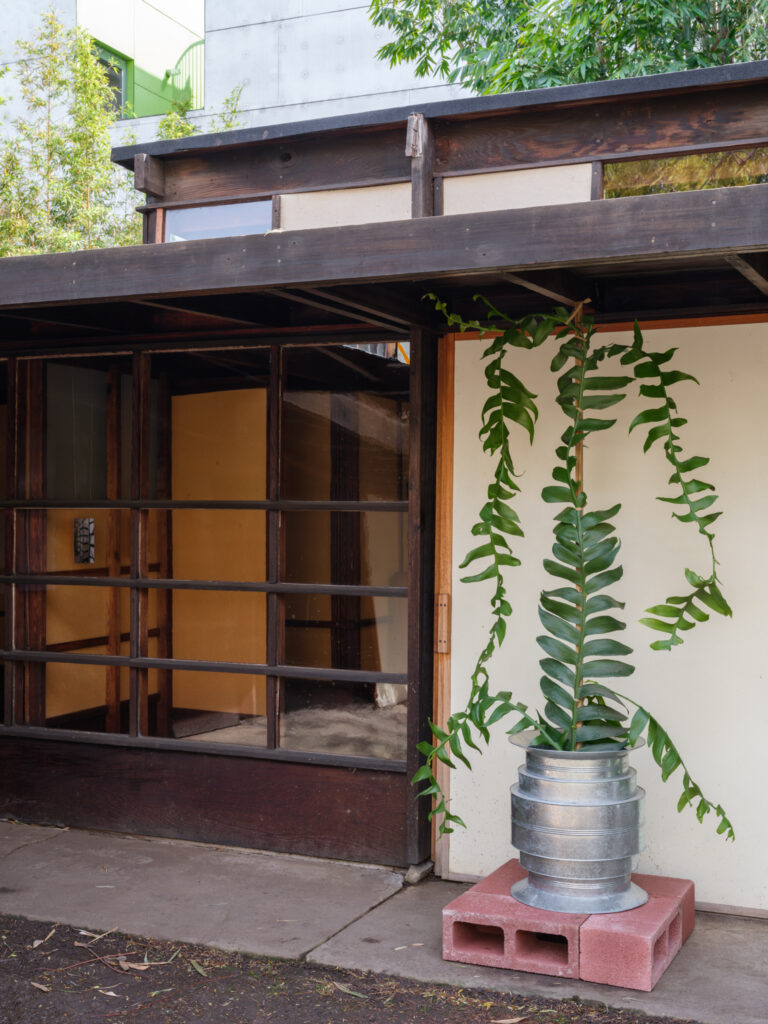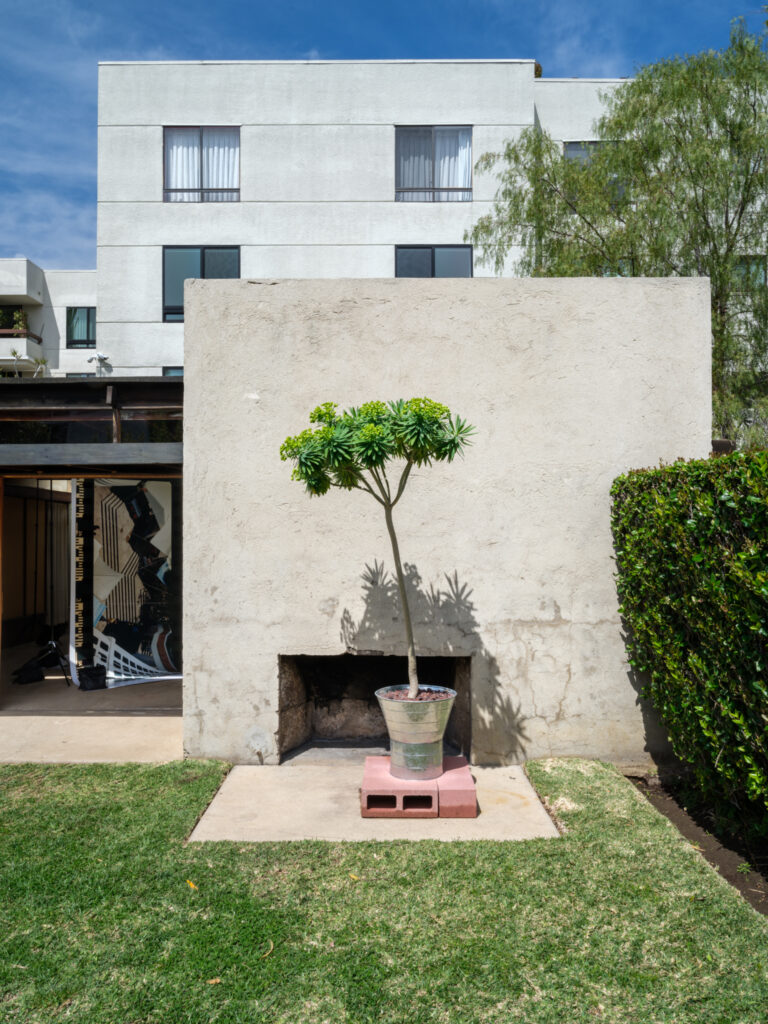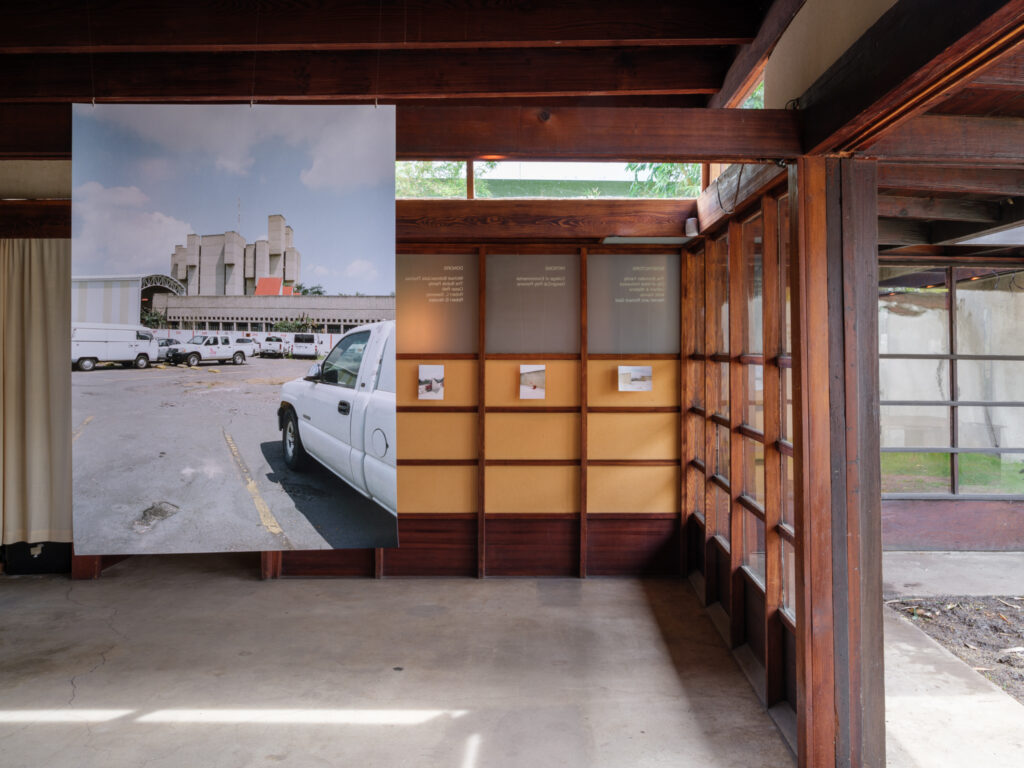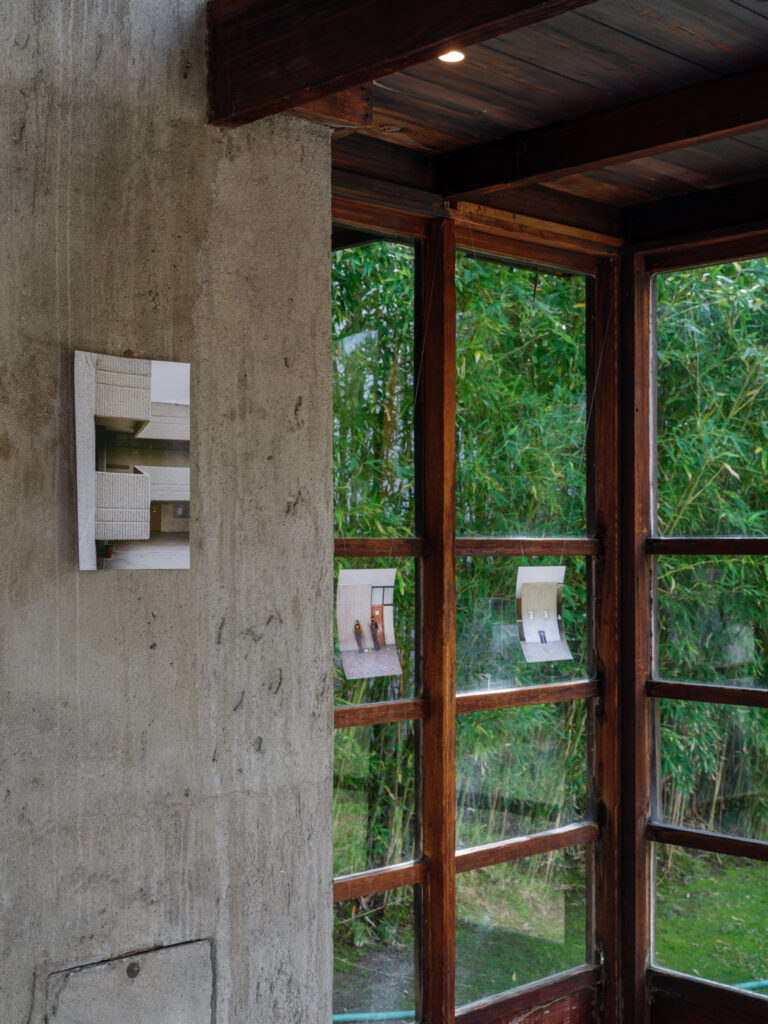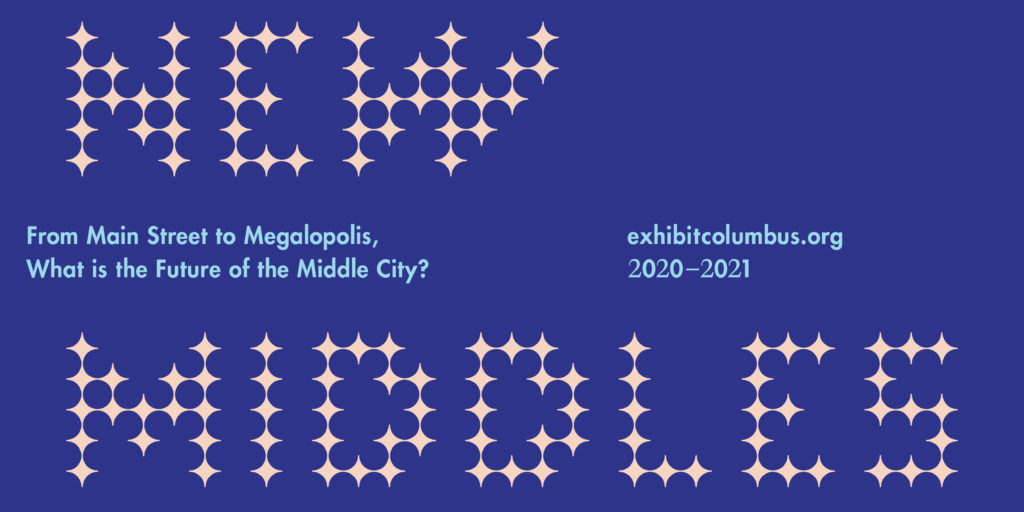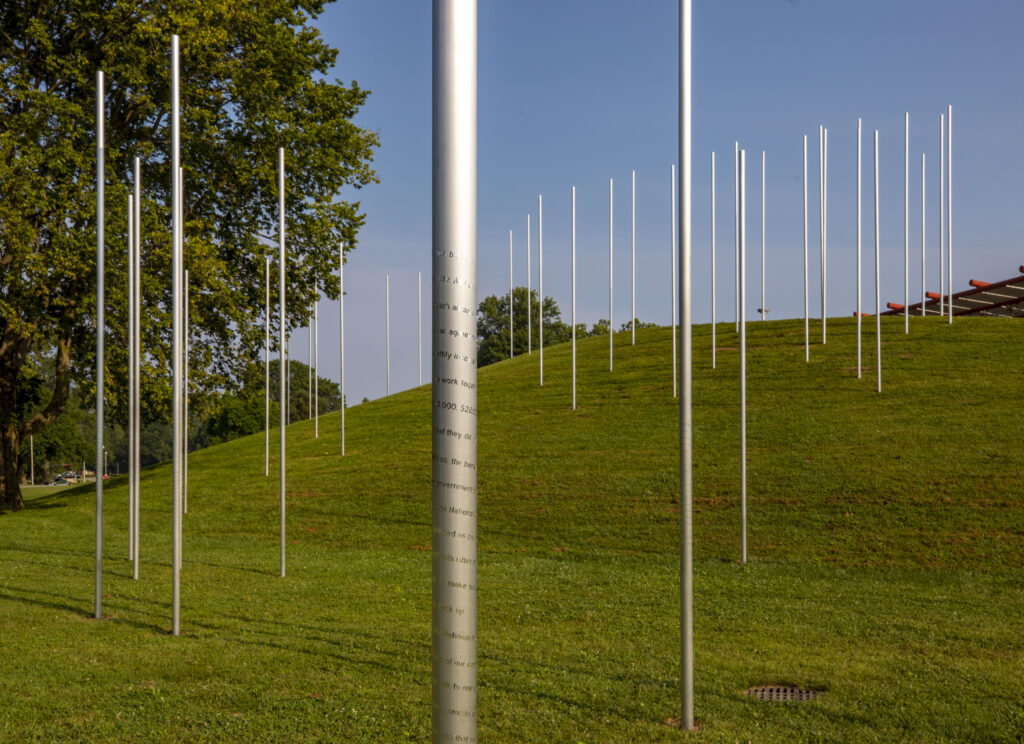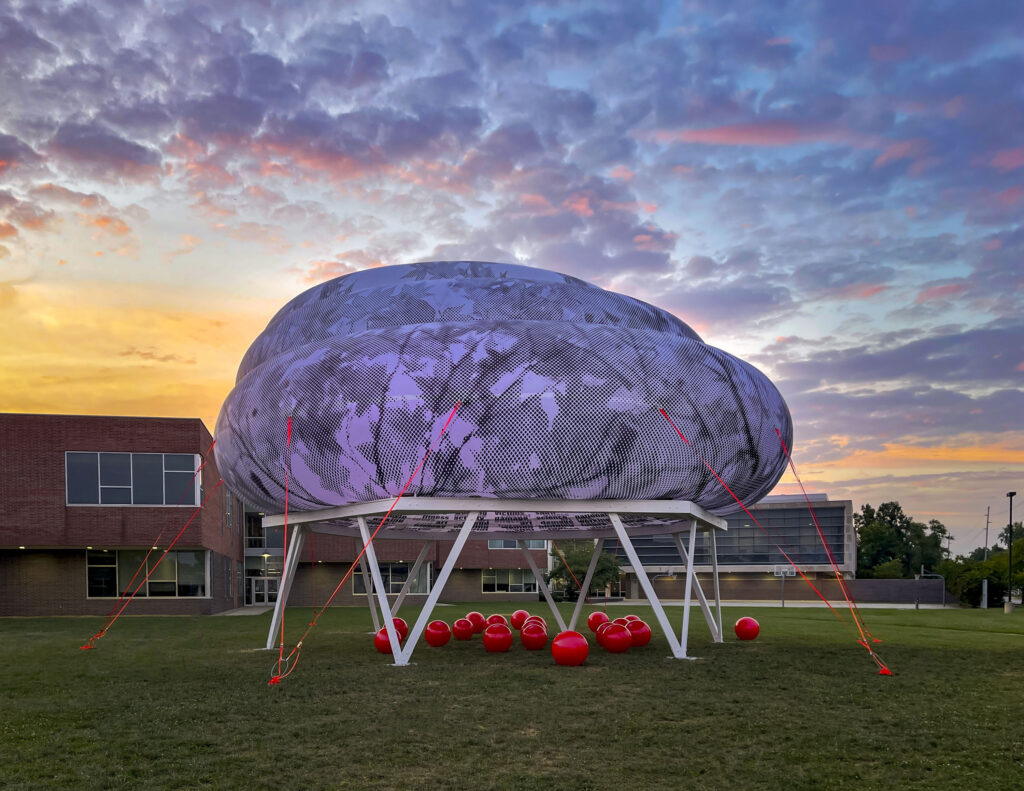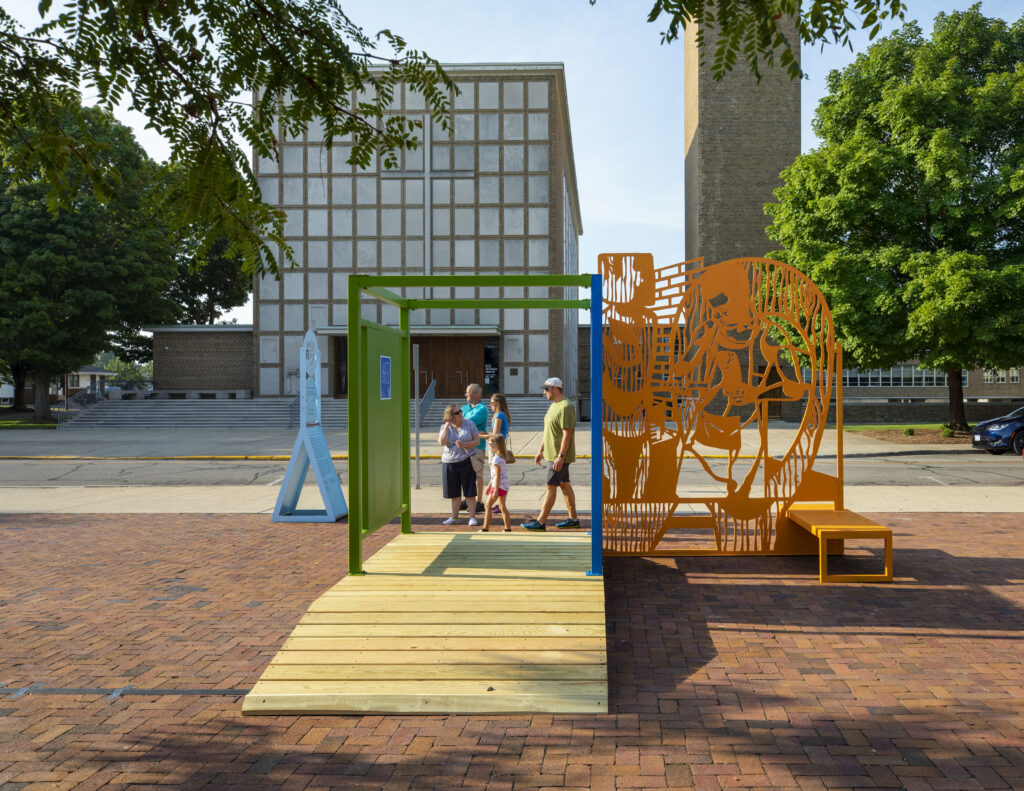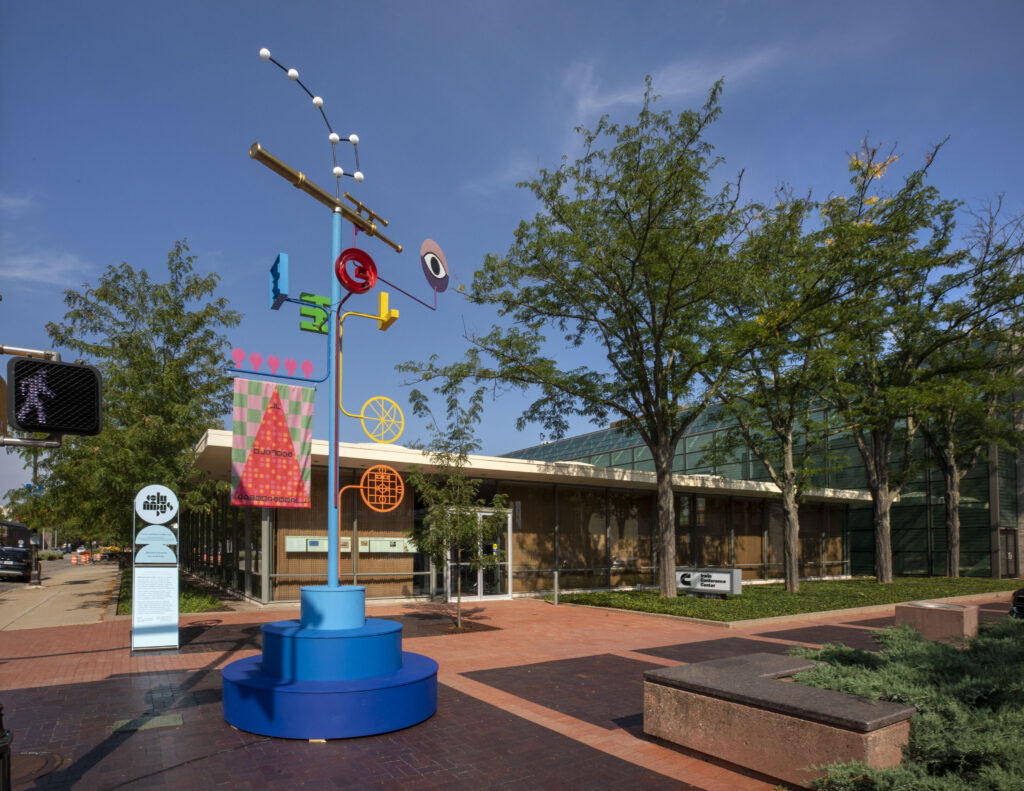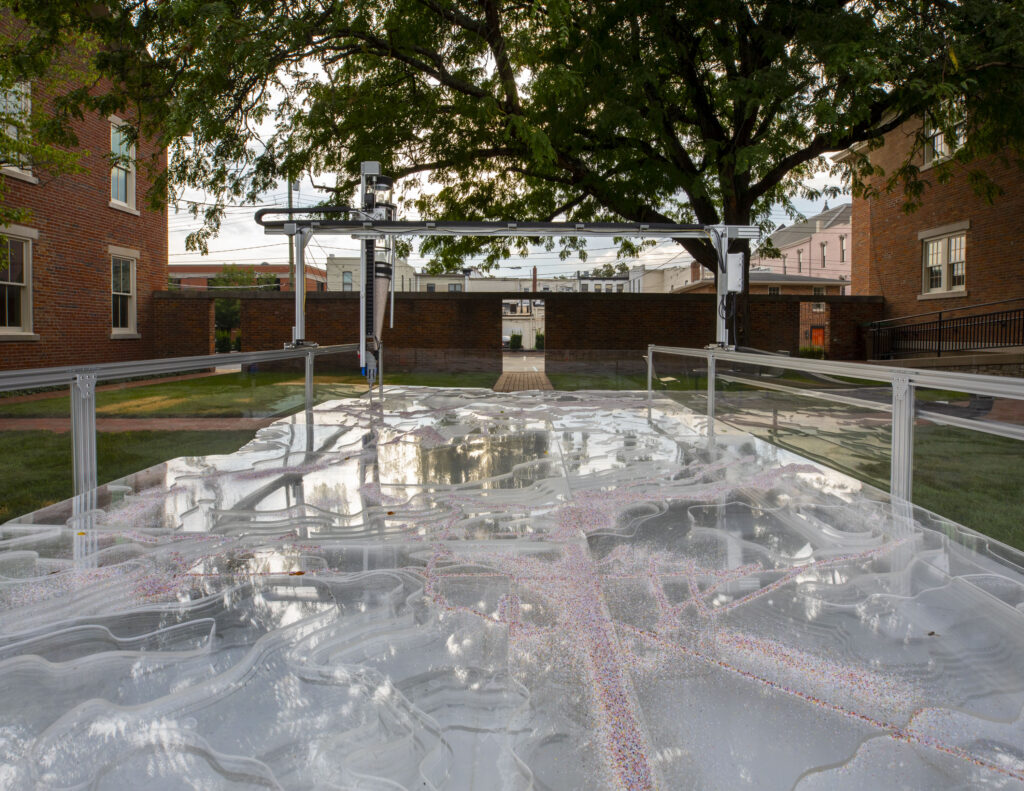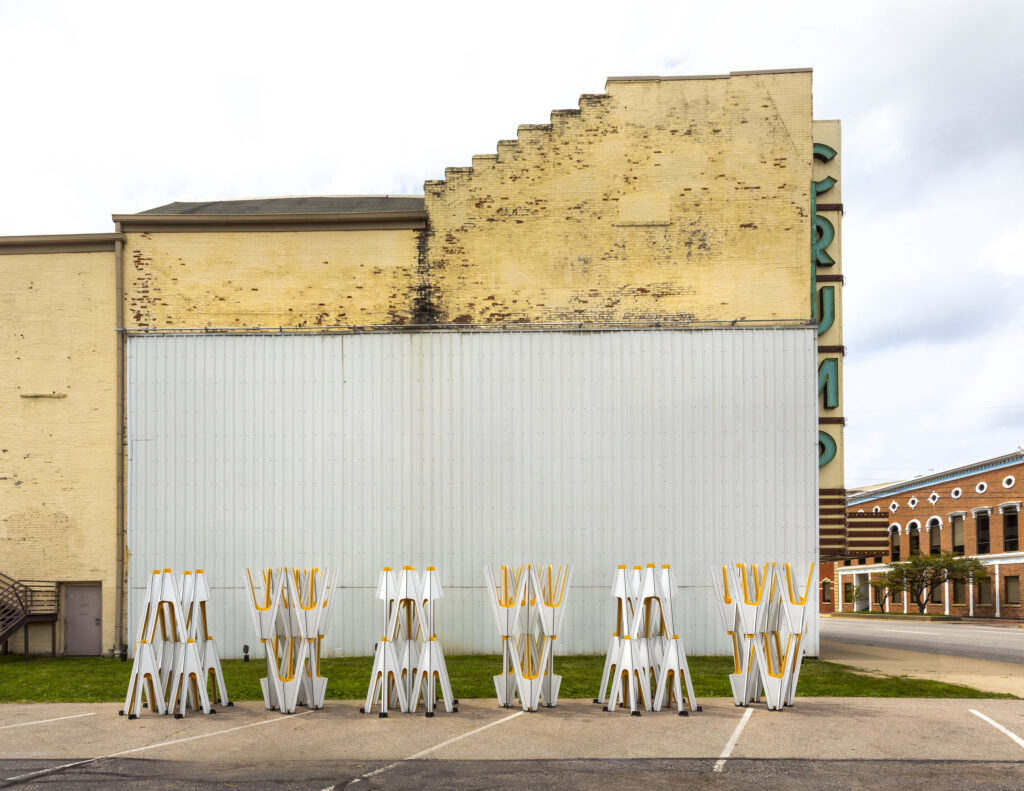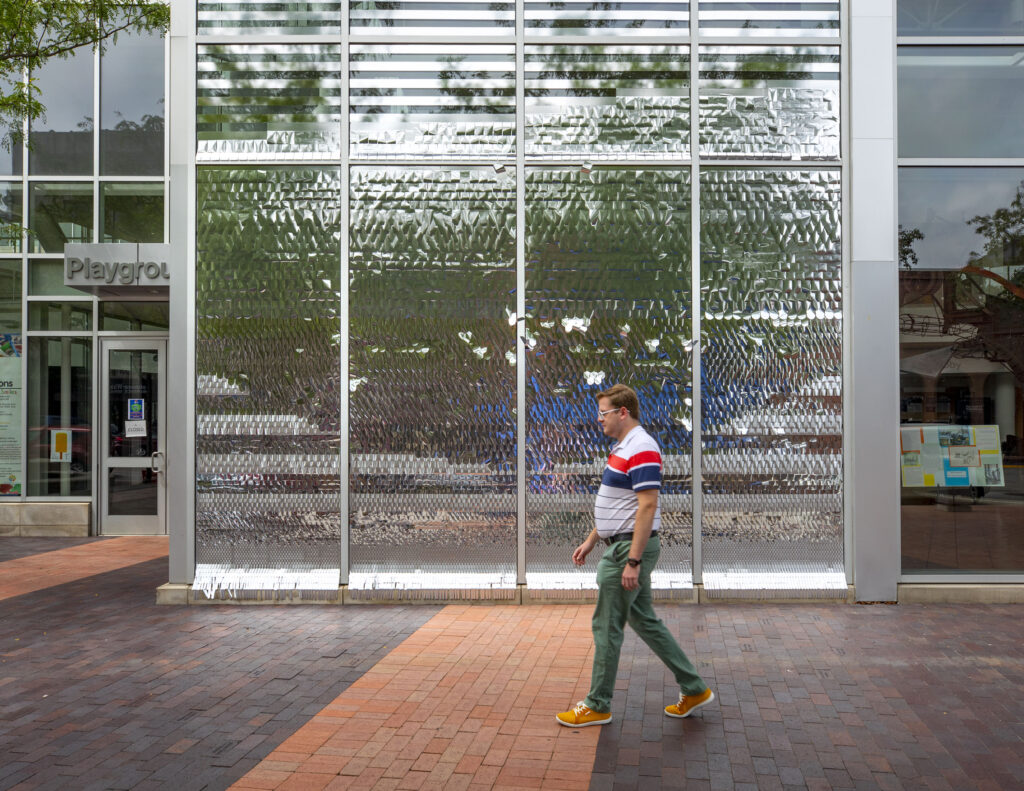Many of the remembrances of David Lynch published after his passing in January mentioned his gee-whiz, cherry-pie-and-coffee, Midwestern earnestness. The director always exuded uncanny sunshine in contrast to his penchant for noir. As a trait, earnestness rarely gets enough attention. More often than not, it’s overshadowed by hipness, camp, or irony. PlayLab is earnest. And Archie Lee Coates IV and Jeff Franklin, who cofounded the creative agency in 2009, are also glass-full, milk-fed earnest. Despite running a twelve-person team that caters to some of the biggest names in art, music, and film, these are two guys who just want to a grab some pizza and a six-pack and geek out over Charles and Ray Eames or Tibor Kalman — just like they did when they met studying architecture at VirginiaTech, or for a dozen years in New York when Franklin would work a day job at REX and then come to the studio for all-night brain-storming sessions.
Architect Fernando Romero has been shaping the future of Latin American architecture for two decades. His namesake firm (formerly FR-EE) and London-based Foster + Partners worked on a design for the New International Airport Mexico City; he crafted a gilded vision of Bitcoin City for the president of El Salvador; and he designed Museo Soumaya – the gleaming, dramatic museum named for both his wife and mother-in-law at the time, and commissioned by billionaire businessman Carlos Slim. These days, however, he’s looking at the past, to Luis Barragán’s iconic and chromatic Cuadra San Cristóbal.
Read More …
It’s a blustery, early spring day in the Eastern Coachella Valley, or ECV. The basin is tinted green and purple by wildflowers and grasses encouraged by a surprisingly heavy rainy season, a departure from its usual brown. Wild yellow mustard pokes through the asphalt road edge, and palm trees stand shoulder to shoulder in orderly military rows. These shaggy, shady oases are date orchards, managed by commercial growers that have been in the valley for generations. Since 2011, the nonprofit Kounkuey Design Initiative (KDI) has worked in this landscape, painstakingly building relationships with community members and leadership as well as county and state politicians to address the need for public space. KDI’s approach is remarkable because it values residents over a finished product. Throughout the process, residents find the confidence to speak out on their own behalf, and the design team listens.
Out of the windows of Lenny Steinberg’s Venice Beach living room, there are a few hundred metres of sand, a line of white surf, then the grey-blue expanse of the Pacific Ocean. It’s a remarkable, pinch-me view, the kind most folks only see from the nearby boardwalk at Muscle Beach, where tourists and roller skaters glide through a perfume of cannabis dispensaries and fish taco stands.
The LA-based designer’s home is just a few doors down from Frank Gehry’s Norton House, a mid-1980s landmark that mimics a lifeguard tower. She and her husband, Bob, a prominent lawyer, moved here in the 1990s, transforming a 1960s post-and-beam duplex into a minimalist roost that now houses an archive and showroom of five decades of her work, alongside her art and object collection. Each piece – from the Lucite high heels on a table by the front door to the Frank Stella print in the main bedroom – reflects, in short, the fruits of a highly creative life.
Much has been said about how we live in a time of acceleration. We strive for fast and interconnected. And yet, a considerable body of discourse takes the counter position, arguing for rest, care, and immobility. In her 2019 book How to Do Nothing, Jenny Odell urges us to turn away from the churn, writing, “Our very idea of productivity is premised on the idea of producing something new, whereas we do not tend to see maintenance and care as productive in the same way.”
Architecture, too, is caught in the thrall. Although buildings take time, we’re junkies for novelty. Museumbuildings are particular eye candy. Supposed freedoms of art and culture push desires for formal inventiveness. But what would it mean to construct a museum in slow motion?
Seeking Zohn presents works by Mexican-Austrian architect and engineer Alejandro Zohn (1930-2000) through contemporary photography and design. The exhibition takes as subject Zohn’s robust civic and commercial architecture built in Guadalajara from the 1950s to the 1990s, with an interest in how the city’s social, cultural, and material histories are interwoven with his structures.
Commissioned photography and video by artists Adam Wiseman, Lake Verea, Onnis Luque, Sonia Madrigal, and Zara Pfeifer veer from the documentary conceit of architectural photography toward the subjective. This work is decidedly interpretive, seeking out the many narratives contained within parks, markets, collective housing, malls, and bureaucratic buildings. Zohn, a Jewish emigree who fled Vienna during World War II at the age of 8, dedicated his career to creating a modern Guadalajara. Through these photographs—acts of investigation and translation—we find glimpses of his utopian desire amidst the chaos, beauty, and violence of everyday life. Read More …
This event is co-organized by Gavin Kroeber & Mimi Zeiger and presented in partnership with SCI-Arc.
The discussion will feature a remarkable group of architects, designers, and planners, including Keller Easterling, Patty Heyda, James Rojas, M. Casey Rehm, and Andrew Zago, along with artists Mary Ellen Carroll and Tim Portlock, journalist Gustavo Arellano.
Exhibit Columbus is a two-year exploration of architecture, art, design, and community that activates the design legacy of Columbus, Indiana. It is a feature program of Landmark Columbus Foundation, a non-profit organization dedicated to caring for, celebrating, and advancing the cultural heritage of Columbus.
For the Fall 2021 Exhibition, co-curators Iker Gil and Mimi Zeiger invited exhibition participants to create site-specific, future-oriented installations, which responded to the theme: New Middles: From Main Street to Megalopolis, What is the Future of the Middle City?
For the Fall 2021 Exhibition, co-curators Iker Gil and Mimi Zeiger have invited exhibition participants to create site-specific, future-oriented installations, which will be developed over the coming year in response to the theme: New Middles:From Main Street to Megalopolis, What is the Future of the Middle City?
This 2020–2021 cycle of programming explores the future of the center of the United States and the regions connected by the Mississippi Watershed. New Middles speculates on the heartland, an ecology stretching beyond political borders—from North to South—from the Canadian Border to the Gulf, and from East to West—from Appalachia to the plains. Embracing a long timeline of cities past, present, and future, New Middles builds upon Columbus’ legacy as a laboratory for design as civic investment. In a moment when we most need reflection, creativity, and innovation to envision new ways of being, New Middlesconsiders Columbus a place to destabilize assumptions, and imagine new architectures and landscapes as a way to positively move our cities forward.
La carretera que conduce a Palm Springs es una salida polvorienta y complicada de la autopista transcontinental 10. Un ejército de gigantescas turbinas eólicas a ambos lados de la State Route 111 en California domina el paisaje desértico, con sus hélices cosechando diligentemente energía para la red eléctrica. La grava y la arena hacen remolinos sobre el asfalto de la carretera que rodea la base desmoronada del monte San Jacinto. Ésta es la puerta de entrada (nada prometedora) al valle Coachella y su afamado centro turístico, y, como la señalización de la carretera anuncia, a “otras ciudades del desierto” con nombres que evocan al místico y árido Oeste: Cathedral City, Rancho Mirage, Indian Wells, Bombay Beach.
